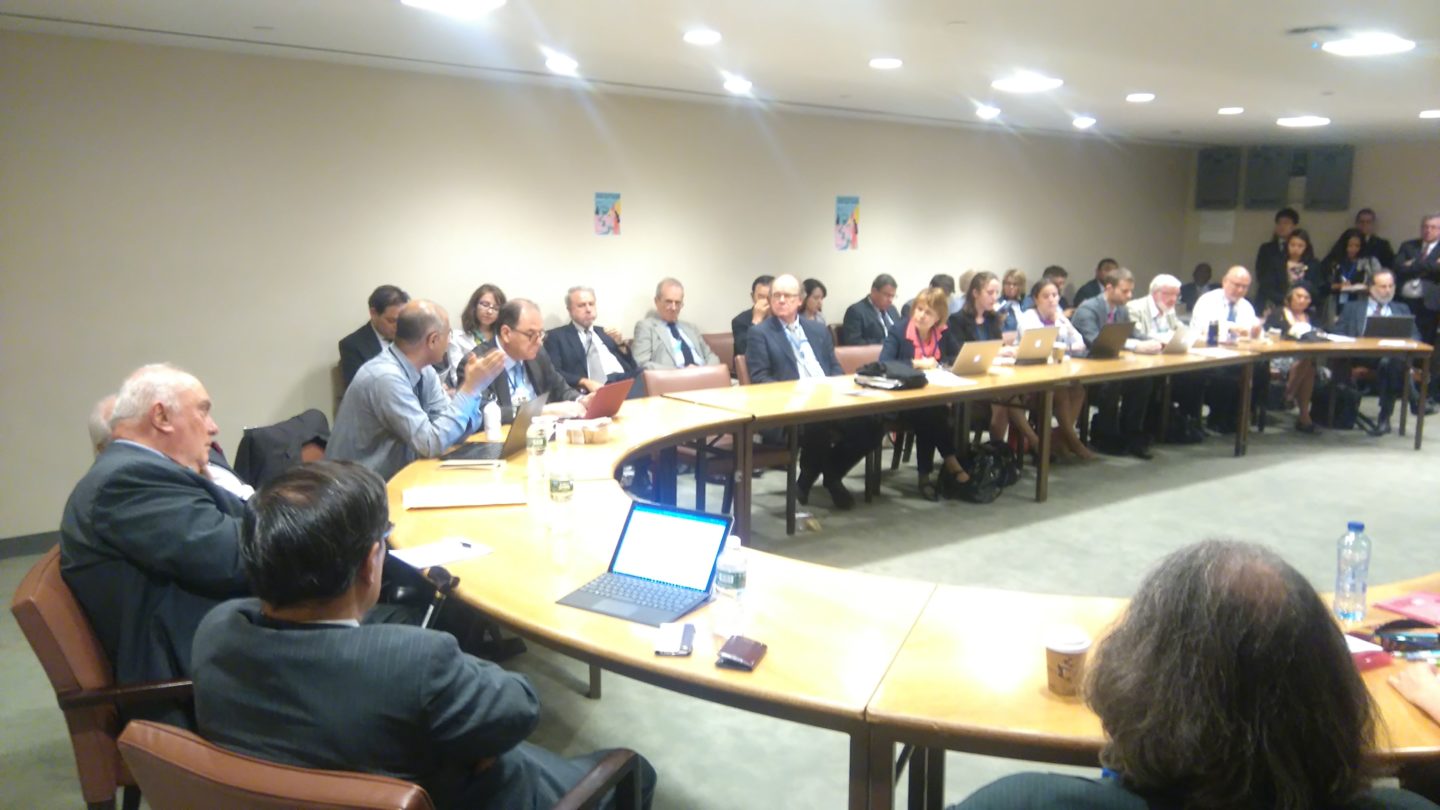We’re now supporting History of Philanthropy work via a grant to the Urban Institute. One output of this project is a literature review on the social impact of – and role of philanthropic funding in – the Pugwash Conferences on Science and World Affairs (sometimes abbreviated as “Pugwash”), which “brought together notable scientists from both sides of the iron curtain in order to discuss nuclear disarmament in an informal but serious atmosphere” starting in 1957. This case is particularly interesting from the perspective of global catastrophic risk reduction, as Pugwash and its founder won the 1995 Nobel Peace Prize “for their efforts to diminish the part played by nuclear arms in international politics and, in the longer run, to eliminate such arms.”
I thought this literature review made a fairly strong case for two propositions which, taken together, establish Pugwash as a seeming case of strong philanthropic impact via global catastrophic risk reduction:
- The Pugwash conferences have a strong claim to having influenced national and international politics, in a direction of greater international cooperation and disarmament.
- Pugwash seems to be particularly associated, in the minds of the historians whose work was reviewed, with the 1963 Limited Test Ban Treaty, which “prohibited all test detonations of nuclear weapons except for those conducted underground,” as well as the 1972 anti-ballistic missile treaty. On both counts, the report cites people who were highly involved in the negotiations, directly crediting Pugwash conferences.
- The report also states, “The 1980s may have been the highpoint of Pugwash influence on Soviet policy, with Gorbachev telling Rotblat that Pugwash scientists were crucial in shaping his views against nuclear weapons, especially his foreign policy advisors Georgii Arbatov as well as [Yevgeny] Velikhov, who had attended Pugwash conferences. In general, according to Wittner, the antinuclear movement, including but not limited to Pugwash, heavily influenced Gorbachev’s approach to the Cold War, and it seems likely that without the movement’s influence, Gorbachev would not have been the transformative leader that he was.”
- For more, see “Pugwash: Main Claims of Impact” at the end of the report.
- The Pugwash conferences seem to have persistently struggled to get funding, with philanthropic funders providing most of the support.
- For the first conference, Pugwash’s founder “sent letters to ‘a number of wealthy people in various countries asking for financial support’ but received only a depressing mix of ‘small contributions’ and outright refusals. Fortunately for the scientists, both Aristotle Onassis and Cyrus Eaton eventually made offers to fund and host a conference in 1957, though each man wanted to dictate location. Eaton’s offer (which the scientists soon accepted) required that the meeting be held in the resort town of Pugwash, Nova Scotia, where Eaton maintained a country lodge.”
- However, Pugwash later sought to distance itself from Eaton, and the following quote gives a sense of the difficulties this led to: “[Eaton’s] friendly relations with Khrushchev, as well as his receipt of the Lenin Peace Prize in 1960, led anticommunists to attack the group. Pugwash scientists themselves grew irritated with Eaton’s penchant for publicity, especially his desire to speak at the conferences, and they bemoaned being tainted by association with him, though they were loath to lose access to his funds .. When Pugwash did eventually reject Eaton as a sponsor, the group struggled to find other sources of money. Rotblat’s histories reveal a substantial fixation on funding for Pugwash as a whole, primarily because it was so scarce. Among all the difficulties of conference planning, Rotblat writes in understatement, ‘one of the greatest was the financial aspect’ … Getting to the conferences also posed a substantial financial barrier; most scientists could not afford to travel abroad … National groups paid for their own scientists’ travel. If a participant had no other sources of funding, the Continuing Committee attempted to supplement their travel fare but a shortage of travel money meant that fewer scientists could take part in Pugwash, especially those from remote countries … Aside from conferences and national groups, the central Pugwash office in London also faced financial distress … While a central office was necessary, one was not acquired for years after Pugwash’s founding, ‘owing to the uncertain financial prospects.'”
- This despite the fact that Pugwash’s budget seems to have been relatively modest: “Funding requests provide a sense of what U.S. Pugwash required financially in the 1960s. In 1963, its leaders estimated that they would need a budget of $50,000. Most years, however, the group would be forced to make do with roughly half that amount. By the end of 1964, for example, U.S. Pugwash ended up with $21,000 in income, and spent all but $500 of it … 1965 was indeed precarious. By October the group had taken in $27,793.56, with $15,375.50 in expenses, leaving $12,418.06. Feld could count on $5,000 from the Christopher Reynolds Foundation, bringing the total up to $17,418.06, but with $26,450 in upcoming expenses, the group faced a $9,000 shortfall. The situation improved in 1966, as U.S. Pugwash had $45,000 on hand by the end of March. … The financial situation improved in 1965 and 1966, when the Ford Foundation began to supply substantial assistance, including, at one point, about $20,000 per year … Pugwash seems to have been almost constantly in danger of insolvency; money for staff, office space, conferences, and travel rarely came easy.”
- For context, $50,000 in 1963 would be equivalent to something like $500,000 today.[1]I used this calculator to get this approximate figure; it has $50,000 in 1963 as equivalent to $410,511.44 in 2019.
Since this was a literature review rather than a case study, I haven’t reviewed a highly detailed case for Pugwash’s impact, and am interested in learning more. Still, if one takes the above points at face value, I’m struck by the following:
- On one hand, this looks like an impressive potential case of impact for philanthropy, with major (and seeming risk-reducing) impacts on agreements between global superpowers facilitated by an organization that seemingly struggled to raise a relatively small amount of money, and got most of it from philanthropic sources.
- On the other hand, one could arguably take away the lesson that we shouldn’t expect similar philanthropic opportunities in 2019 to what existed in the 1960s. My impression is that total philanthropic giving is far higher today, and it’s fairly hard to imagine an influential series of conferences between top scientists struggling to raise $500,000 per year today.
The full literature review is available here: Pugwash Literature Review
Footnotes
| 1 | I used this calculator to get this approximate figure; it has $50,000 in 1963 as equivalent to $410,511.44 in 2019. |
|---|

